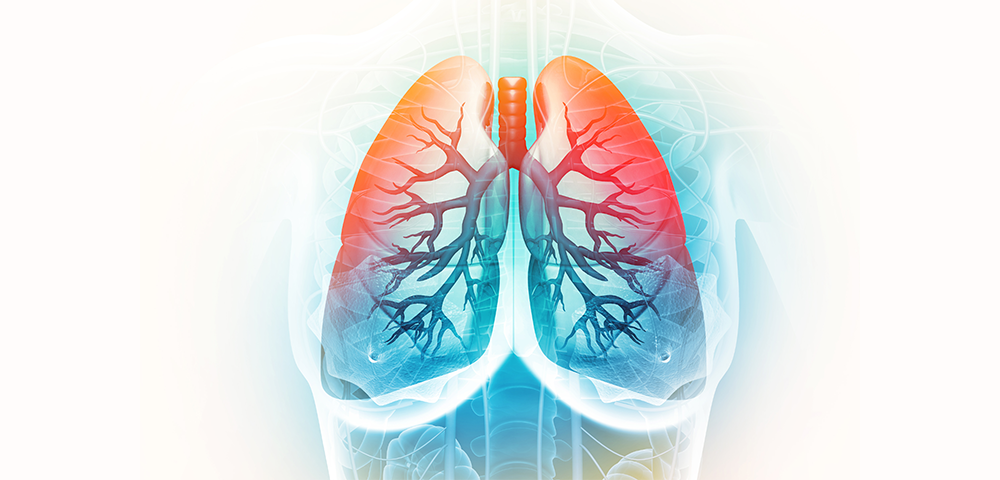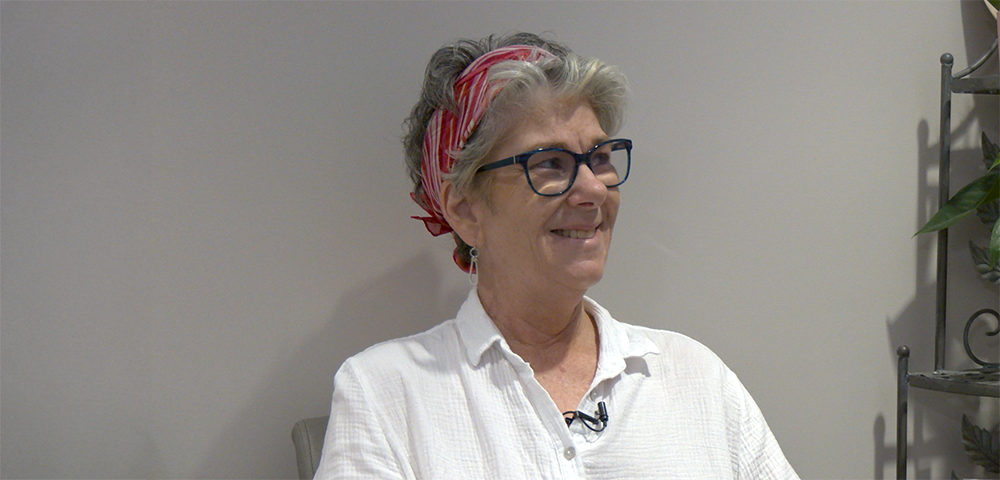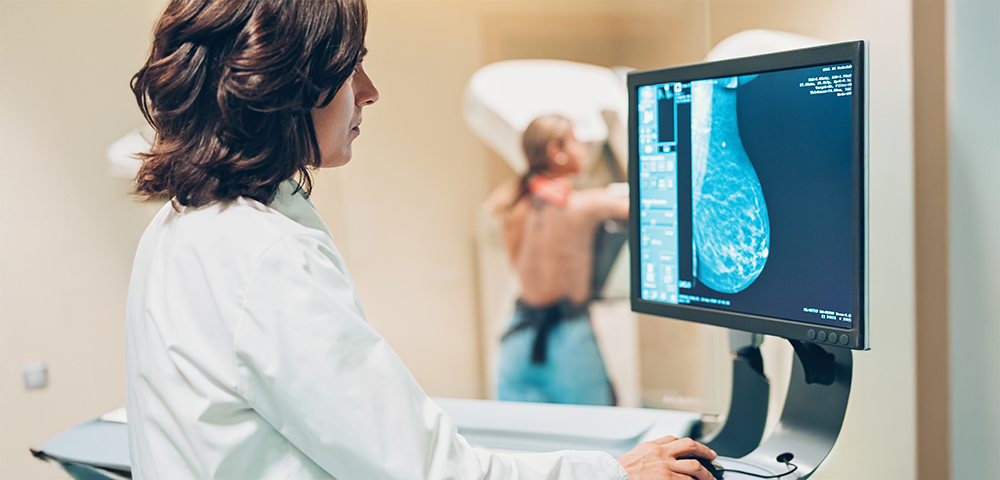With winter and temperatures often dropping below freezing, the risk of frostbite and hypothermia rises. Depending upon the temperature, frostbite can begin to set in within minutes. Thankfully, there are ways to protect yourself from these cold-related conditions. Learning how to recognize/detect these conditions can also be quite beneficial should you experience one of these conditions.
Preventative Practices
The best thing to do to prevent frostbite and hypothermia is to limit your time in the elements when the temperatures drop. If you have to be outside, dress in warm layers and cover all your extremities. Make sure you are using proper clothing for the elements, such as winter hats, scarves, and gloves. Try to avoid getting wet, because the moisture will make it harder for your body to retain heat. Consider wearing moisture-wicking fabrics as your under layer to help keep sweat away from your body. While bundling up to remain warm is important, be cautious with wearing clothing that is too tight and restricts circulation, such as undersized gloves or too many pairs of socks. Reducing circulation to your hands and feet can also increase the risk of frostbite. Lastly, avoid wearing metal objects such as watches and jewelry in the extreme cold as these objects can promote conductive heat loss and increase risk to the surrounding tissue.
Keep moving while you are outdoors to help your body build and retain heat. Take frequent breaks from being outside to warm up. When returning to the cold, swap out gloves, socks, and hats that are damp for dry replacements if able. It is also important to remain properly hydrated and to eat high-energy foods to help your body generate heat. Immediately go indoors if symptoms of frostbite or hypothermia start to develop.
Frostbite
Frostbite is when the skin is damaged by below-freezing temperatures. Frostbite may lead to permanent tissue damage. When temperatures are at freezing, 32°, frostbite can set in on exposed skin in about half an hour. When the temperatures drop to 15°, frostbite may occur in as little as 15 minutes. Windchill and other factors may reduce that time even further. Extremities are the areas most easily affected by frostbite.
It’s easy not to notice you are developing frostbite because it numbs the nerves. Early signs of frostbite include numbness, tingling, or stinging feelings in the areas affected. Frostbite may cause the skin to turn colors, appearing more pale, gray, or white, and feel cold to the touch. In more advanced frostbite, the skin may turn blue or black. This indicates the tissue has died. If frostbite has advanced this far, the damage is irreversible.
If you begin to show signs of frostbite, go indoors immediately. Remove your cold weather clothing, and if any clothes are wet, put on dry clothes. It is important for you to not rub or massage the affected areas, as this can make tissue damage worse. Be cautious about the use of fires/stoves to rewarm frostbitten tissue. Frostbitten tissue has reduced sensation which can increase the risk of burns to the skin. Instead, get a warm, but not hot, bath going. Place your affected areas in the water to slowly rewarm them. You want to do this until the areas look red and feel warm. This could take a half hour or longer. You may want to take non-steroidal anti-inflammatory painkillers such as ibuprofen, as the rewarming process can be painful. Afterward, place dry, clean bandages over the area. Insert dry and sterile gauze between any frostbitten toes or fingers to prevent them from rubbing each other. If you have any blisters, do not break them. You should seek medical attention as soon as possible.
Hypothermia
Hypothermia is a medical emergency characterized by a lower-than-normal body temperature, typically starting when your core temperature falls below 95°. This happens as the body utilizes stored energy to keep warm. But eventually, the energy stores are depleted, and the core temperature starts to drop. Hypothermia is serious, and if left untreated, it could lead to cardiac arrest, kidney failure, and even death. Medical attention should be sought immediately for anyone suffering from it. Hypothermia generally takes longer to set in than frostbite. Hypothermia may set in within one or two hours of being in 15° weather. In colder temperatures, it will take less time for hypothermia to set in.
Some of the early symptoms of mild hypothermia include confusion, slowed reactions, and shivering. As the hypothermia advances, shivering may cease, and additional symptoms of loss of coordination, drowsiness, and a weak pulse may become apparent.
Moderate hypothermia occurs once core temperature drops below 89.6°. At this stage, more severe symptoms develop. These include slurred speech, hallucinations, mental function decline, and loss of consciousness.
Severe hypothermia is categorized as a core temperature of less than 82.4°. At this point, the situation is dire. Symptoms of severe hypothermia include low blood pressure, fluid in the lungs, inability to move, cardiac arrest, coma, and death.
Hypothermia is always a serious condition and immediate action should be taken upon first recognition. The first thing to do is get into the warm indoors as quickly as possible. If you are wearing any wet clothing, take it off and replace it with dry clothing. Utilize blankets, a jacket, and a hat to help warm up. If available, use another source of heat, such as hot packs, a space heater, or heat lamp. External heat should be applied gradually, and only to the core of the body, not the extremities. This helps prevent cold blood from rushing back to the heart, which could lead to cardiac arrest.
While these steps can help start the recovery process, it is vitally important to seek professional medical attention immediately for hypothermia. Call 911 or go to the emergency room if possible. In addition to properly warming your body, healthcare providers may need to give you warm fluids intravenously and provide warm oxygen through a breathing tube. In very advanced cases, they may use a machine to warm your blood before pumping it back into your body.

About Benjamin McKenzie, MD
Dr. Benjamin McKenzie is board-certified in internal medicine and provides services in primary and preventive care to adult patients. His professional interests include management of chronic conditions, preventive care, and medical education. Dr. McKenzie is passionate about providing evidence-based care and inspiring meaningful changes that promote longevity and well-being.
Dr. McKenzie can be reached at (859) 258-4530. For help scheduling an appointment or to find the location closest to you, visit LexingtonClinic.com.







